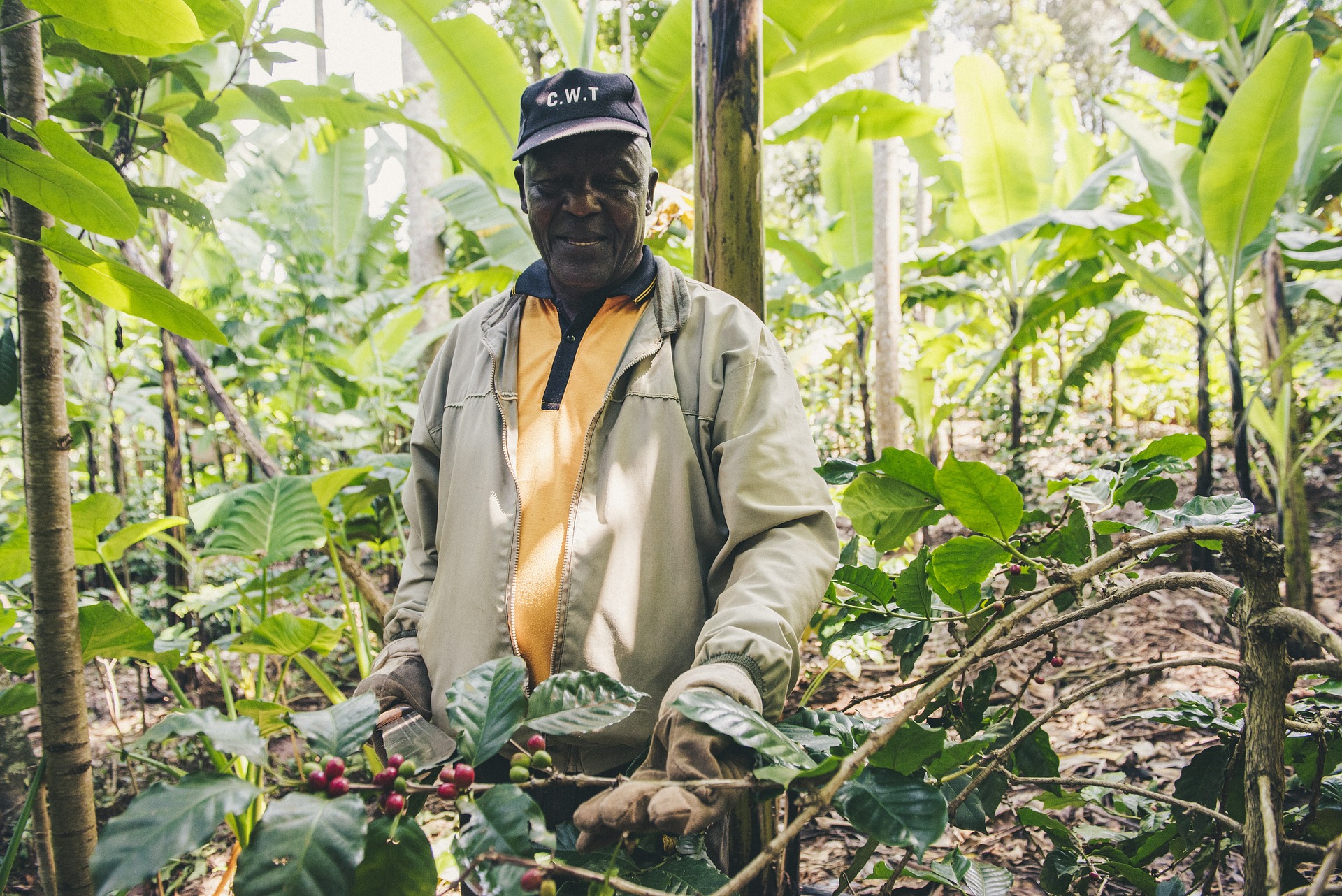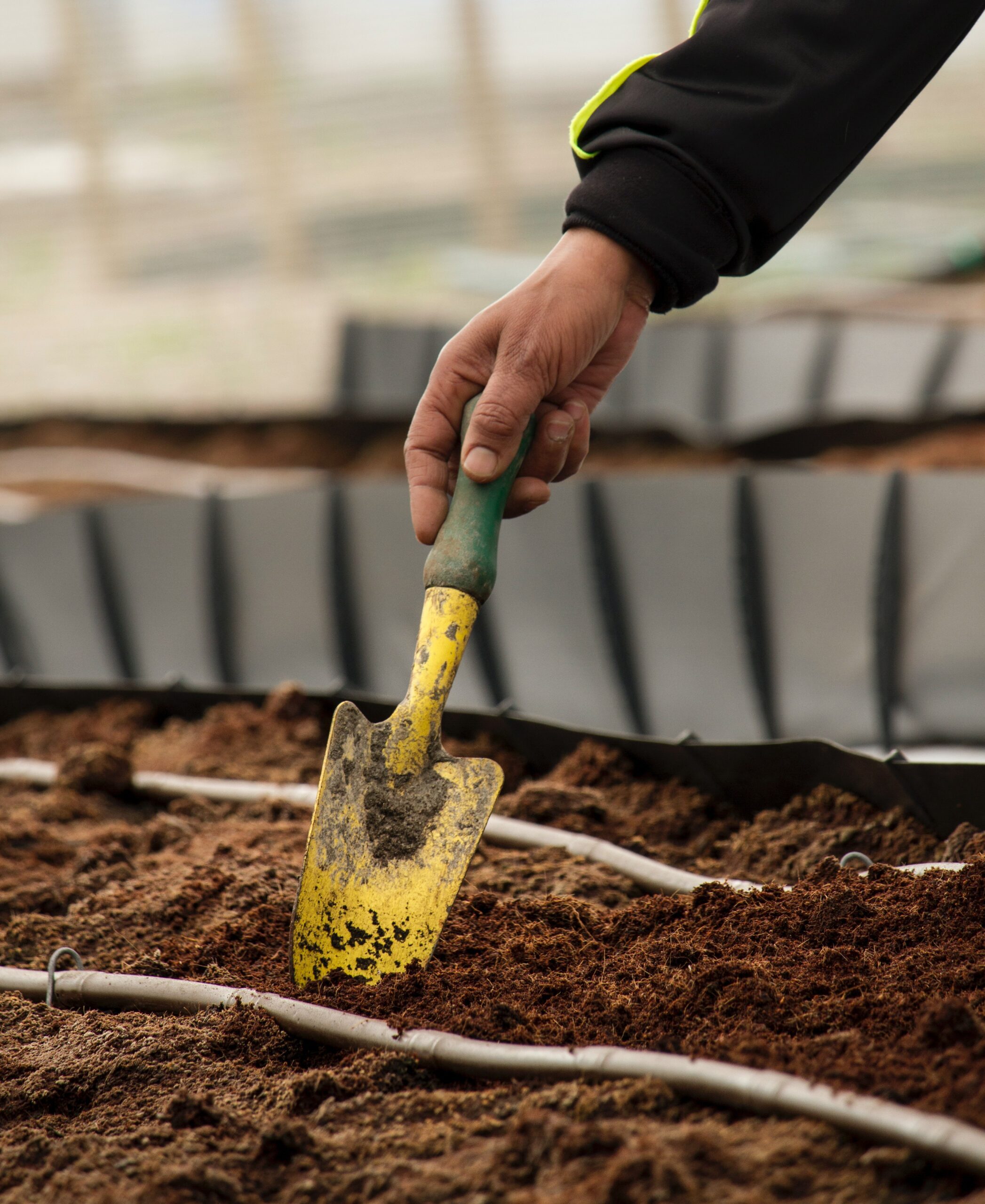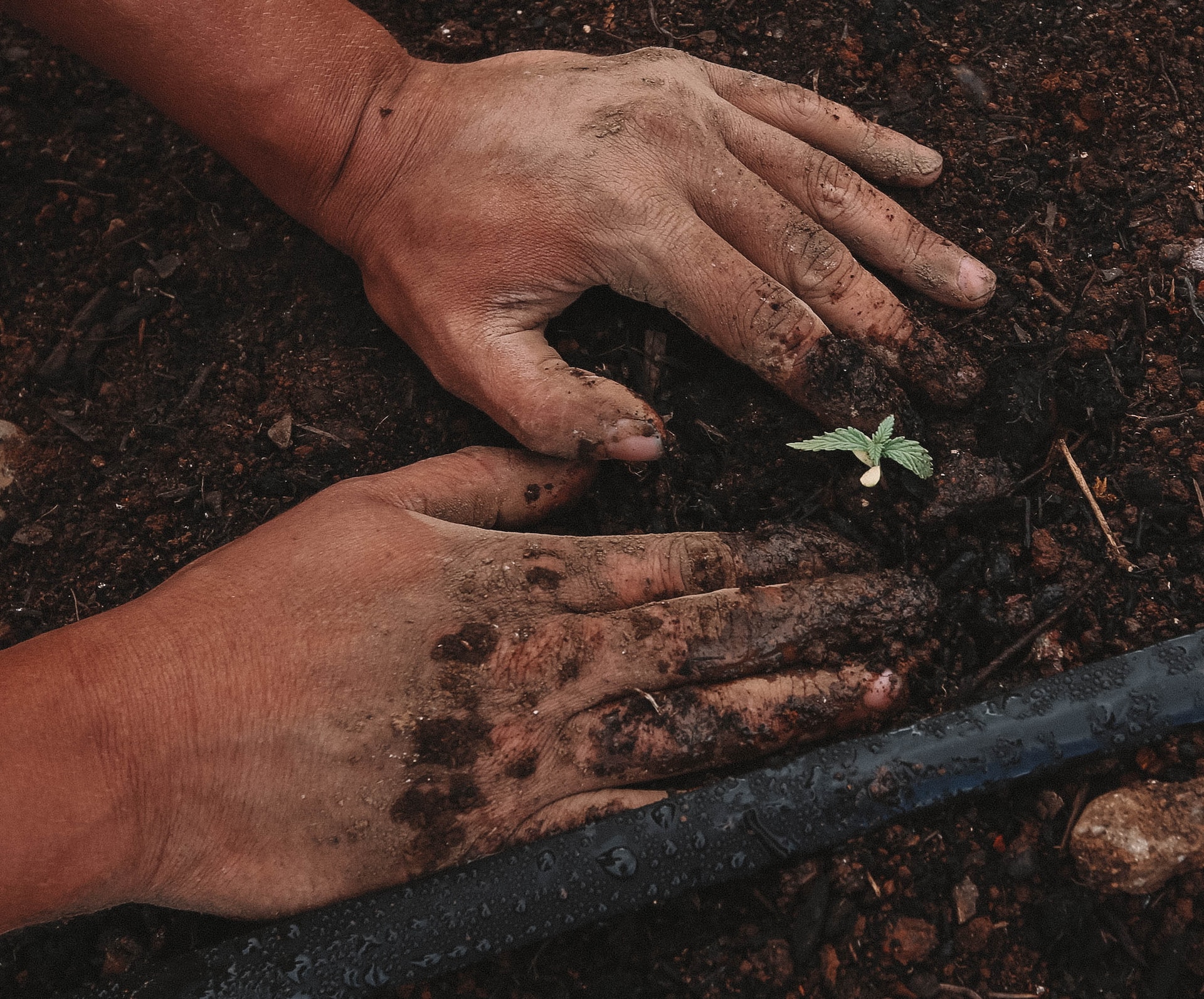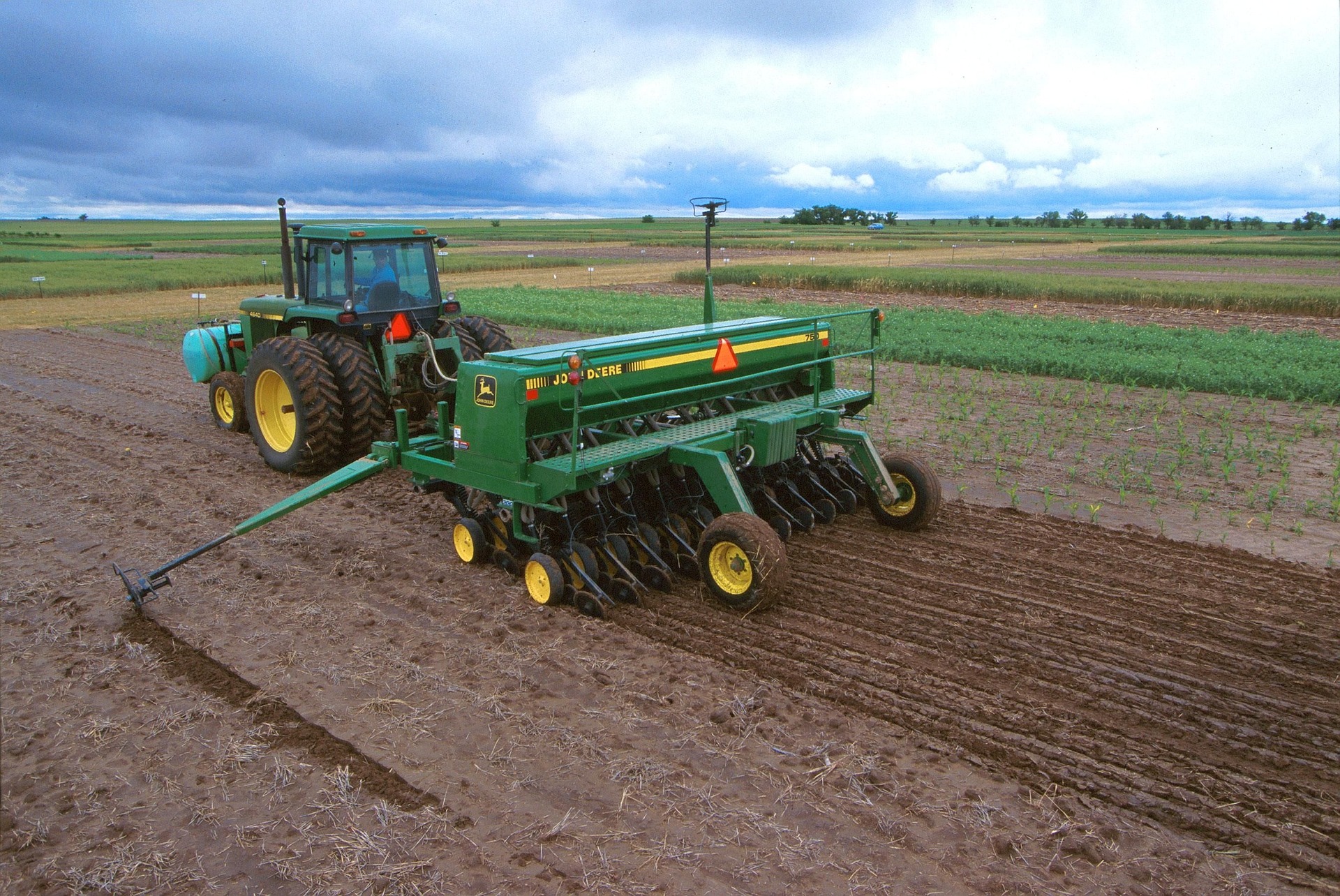With global temperatures rising and scientists advising that the temperatures are now more likely than not to breach 1.5 degrees Celsius, it is becoming increasingly important to utilize sustainable farming practices that reduce our carbon footprint while at the same time protecting and improving the livelihoods of smallholder farmers across the globe.
Smallholder farming is significant in food security and poverty reduction, particularly in the Global South.

However, most of the 500 million smallholder farmers (SHFs) often need more access to the financial resources necessary to invest in their farms and improve their livelihood.
A potential solution to this is using financial instruments like carbon credits.
The concept of carbon credits is simple yet can sometimes be quite complex: They are bought by individuals, organizations, and governments committed to reducing their carbon footprint and meeting their climate goals.
Smallholder farmers can generate additional revenue by implementing climate-friendly farming practices.
These buyers purchase carbon credits to offset their emissions by supporting projects that avoid, reduce or remove greenhouse gases from the atmosphere, such as improved agricultural practices by farmers.

In exchange for the purchase of these credits, smallholder farmers across the world can receive financial and technical resources that allow them to invest in sustainable farming practices.
Smallholder farmers can generate additional revenue by implementing climate-friendly farming practices.

By participating in carbon credit programs, smallholder farmers receive payments for the carbon sequestered in their soils, where one ton of carbon absorbed is equivalent to one carbon credit.
The following are examples of agricultural practices that increase the rate of carbon storage in the soil:
· Maintaining soil covers
Incorporating crop residues into the soil after harvest increases moisture levels, facilitating a favorable environment for microorganisms to interact with organic matter.
The decomposition of the mulch or crop residue then contributes to a rise in soil organic matter and carbon content, further enriching the soil.

Cover crops like crimson clover, oats, oil-seed radishes, and cereal can be grown alongside other regular crops like corn, soya bean, and wheat during the growing season to make up for carbon lost during harvest, or they can be planted during the off-season to keep the soil covered and maintain carbon sequestration year-long.
· Minimize soil disturbance
Traditional tilling practices release carbon and disrupt soil structure and microbiomes, negatively impacting fertility.
Adopting minimal or no tillage methods with specialized tools like rippers and chisels is recommended to address this.
Crop rotation involves alternating the type of crops grown in a particular field over time, while intercropping involves growing two or more crops together in the same field.
These tools enable shallow tilling, reducing carbon emissions while preserving soil structure and essential microbial communities.
This approach promotes sustainable soil management and contributes to long-term soil fertility and productivity.
· Maximize crop diversity
Crop rotation and intercropping are two agricultural practices that can positively impact soil organic carbon (SOC) levels.
Crop rotation involves alternating the type of crops grown in a particular field over time, while intercropping involves growing two or more crops together in the same field.
Integrating crops and livestock farming creates a great dependent ecosystem that enhances production.
Both practices can help increase SOC levels by improving soil structure, increasing nutrient availability, and reducing erosion.
Additionally, intercropping can help reduce the need for synthetic fertilizers and pesticides, which can negatively impact soil health and the environment.
Overall, incorporating crop rotation and intercropping into agricultural practices can help to promote sustainable farming and improve soil health.
Integrating crops and livestock farming creates a great dependent ecosystem that enhances production.
Animal waste is a key raw material in composting, and this compost is then layered or mixed with the soil while animals feed on residue from the farms.

Managed grazing is also a well-advocated practice to increase carbon sequestration, where cattle are alternated in different paddocks as each recovers between pasturing periods.
The presence of living roots in soil has been shown to have numerous benefits for soil organic carbon (SOC) levels.
As plants grow, they release carbon dioxide through their roots, which can be used up by soil microorganisms and converted into SOC.
This process, known as rhizodeposition, can significantly increase SOC levels.

Also, living roots can help improve soil structure and increase nutrient availability, further promoting SOC accumulation.
These benefits can lead to improved soil health, reduced erosion, and increased water infiltration, critical for sustainable agriculture.
Utilizing the carbon market to finance sustainable farming practices has the potential to reduce global emissions and protect ecosystems.
In addition to linking farmers to carbon credits, many carbon programs provide or create access to technical assistance and capacity building to encourage adopting the above-mentioned improved practices.

Many carbon credit programs provide farmers with access to training, financing, equipment, and inputs, which can help them increase their soil organic carbon, increasing their soil fertility and health, productivity, and profitability.
Through democratizing carbon credits access, smallholder farmers can receive the financial resources they need to invest in sustainable farming practices.
In conclusion, utilizing the carbon market to finance sustainable farming practices has the potential to reduce global emissions and protect ecosystems while improving the livelihoods of smallholder farmers across the world.
Through the democratization of carbon credits access, smallholder farmers can receive the financial resources that they need to invest in sustainable farming practices, thereby reducing their individual and collective contributions to climate change.
_______________________________________________________________________________________________
Ann Maina is an accomplished Project Lead specializing in climate and agriculture, currently spearheading initiatives in East Africa at Boomitra.
